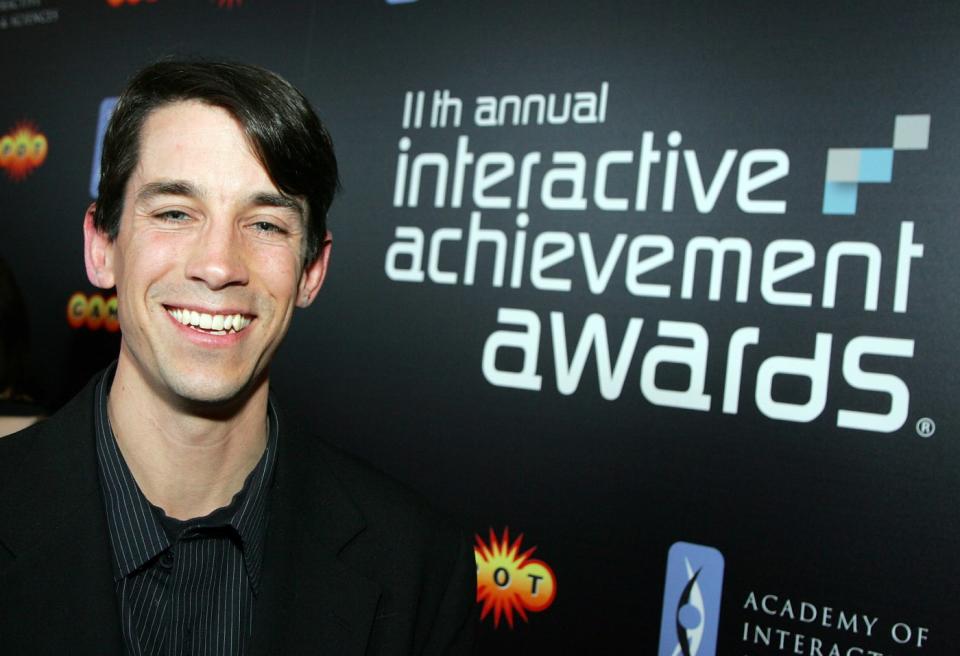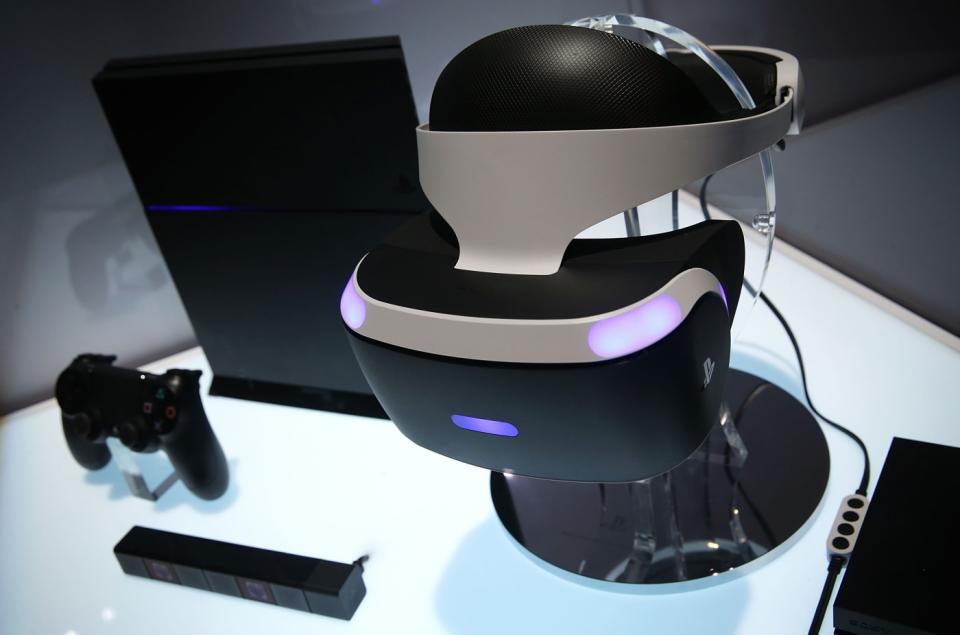Insomniac's CEO on the challenges of making games for VR
Ted Price also discussed working with Oculus and GameStop.

As the Founder and CEO of Insomniac Games, Ted Price is responsible for esteemed console games like Ratchet and Clank, Sunset Overdrive and Fuse. Then there's Song of the Deep, a gorgeous 2D platformer that's slated to release this summer with GameStop as the publisher. But for Insomniac and other developers, virtual reality's arrival onto the scene has opened up a world of new possibilities in game-making. And Price's team is already dipping its toes in VR, with projects such as Edge of Nowhere, an insane third-person adventure designed for the Oculus Rift.
To that end, I sat down with him at GDC 2016 to talk about developing for virtual reality, the promise of PlayStation VR, Oculus and the relationship between Insomniac and GameStop.

Ted Price.
How does working with Oculus compare to working with traditional console manufacturers?
Ted Price: I think there's been much more mutual discovery, because we as a developer and Oculus as a hardware manufacturer are still figuring out how to create experiences in VR. It's a brand new frontier for everybody, and as an example, when we lay out our levels we have to think very differently about the design versus in a traditional game like a Ratchet and Clank or a Sunset Overdrive.
And that's because there are different rules that we've discovered one should follow when dealing with camera, when dealing with character controls, when dealing with passthrough levels, and we discovered this in sync with oculus and we collaborated with them. They'll give us research that they've created by taking people through various iterations of our games and another games, and they'll share those findings with us and we apply them in our designs.
For Edge of Nowhere, what did you find was the most challenging part of building something that immersive?
Price: The first challenge that we ran into was understanding how much we could and couldn't move the camera, and in VR, your head is generally the camera, and as soon as you take control away from the player then it can be uncomfortable. At the same time, there are tricks that we can play that allows us to move the camera in slight ways to make the experience a little bit more visceral for players. So we had to find that sweet spot, as we were playing with our characters and controls in the very, very first iterations of Edge of Nowhere.
But the second big learning was how to lay out a space in VR. How do you do it to ensure that players have plenty of areas to discover, but don't become uncomfortable that they're moving backwards or laterally. Given that we were making a third-person game, those challenges were exacerbating, because we are also controlling controlling a character who is running around on the screen.

Sony's PlayStation VR on display.
PlayStation VR has been the talk of GDC, is that a platform your studio's exploring?
Price: We don't talk about our other projects, but I will say that we're really excited to see Sony reaching out to such a broad market with a peripheral like PlayStation VR. And, as somebody who owns a PlayStation 4, I'm really curious to see what other developers are doing for console VR versus what we're doing on Oculus Rift. The cool aspect of VR in general is that it is a blind canvas for most developers. We aren't looking at prior VR games to take inspiration; we're actually just pulling stuff straight out of our head and asking, "Will this work? Let's try it."
As a console developer, how does working on VR compare?
Price: If you're talking about the difference between developing a VR game like Edge of Nowhere and a more traditional game, the biggest difference for us has been in the design. But then there's also thinking about controls. When you're wearing a headset you can't see the controller that you're holding in your hand, so you have to be a little bit more thoughtful about how you lay out your buttons on the controller and what you ask players to do in your game, because you can't expect people to be looking down at their hands.
With traditional games we can use more complex control schemes, but at the same time, that can be a trick because if things get too complex -- especially for console audiences that are used to, say, high action games -- then you can lose your players. Personally, when I encounter a game and I play maybe 10-12 hours and I take a break and go back to it, I know it's a good control scheme if I remember what I was supposed to do without having to go look at a help screen. That's something that, as designers, we are constantly struggling with: How do we find that balance between controls that give you a lot of options as a player and controls that aren't too complex.

A screenshot from Song of the Deep.
Let's switch gears and talk about Song of the Deep. How was working with Gamestop?
Price: It's been great. Gamestop is publishing Song of the Deep, but we [Insomiac Games] are the intellectual property owners and we also have full creative control. It's been a really straightforward and symbiotic partnership.
Do you think the relationship will grow from here?
Price: I would say that about every publisher that we work with. We have been very fortunate to have strong, long relationships with our partners. Sony is a great example with Ratchet being one of many, many games we've released with Sony.
I ask that because there was some concern you wouldn't keep full creative control.
Price: We did. And I think what's been great is that Gamestop has been very open about that as well. Gamestop has been very clear about how Song of the Deep is a story that they believe in. This pitch was basically Mark Stanley [VP of internal development and diversification at GameStop] and me talking about the game we were making and the vision he had for Gamestop. It was the story that really caught his attention and it was what we connected over.
I also think that Gamestop wants to bring something unique to its players. If you go into any game store these days, whether it's Gamestop or a different game store, you tend to see AAA shooters dominating the space. It's rare that you see a smaller scope, lower-priced game that's stylized like Song of the Deep standing out on shelves. But I believe that Gamestop wants to bring that kind of game to players and elevate those games' presence in the market.
[Image credits: Insomniac Games, Getty Images.]

